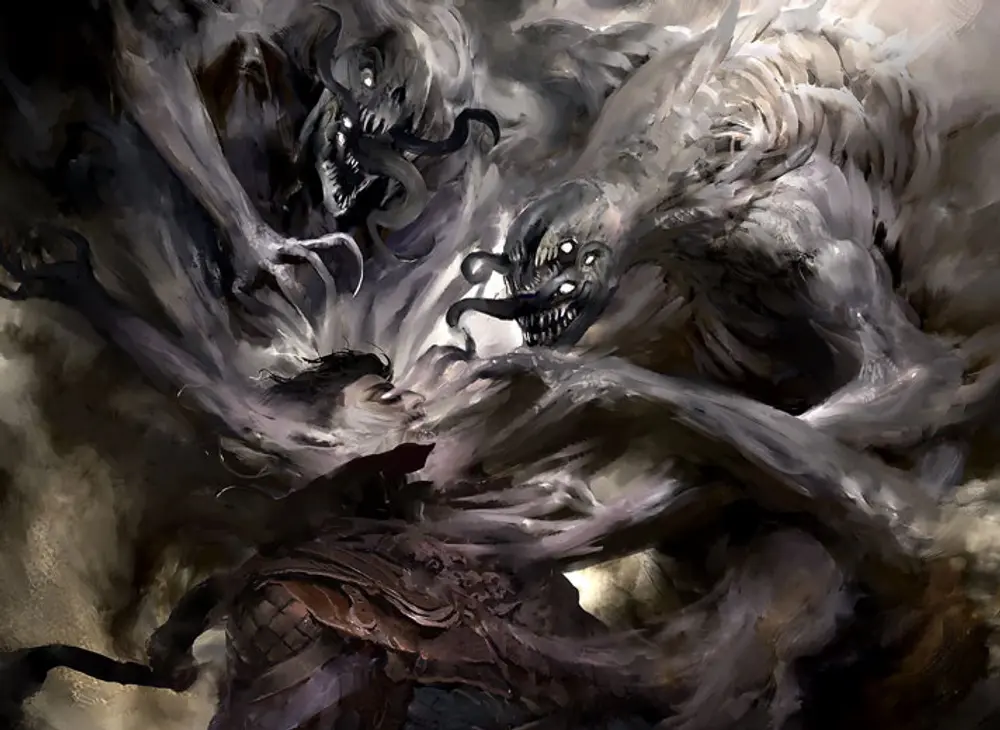
Graveyard-based strategies in Magic: The Gathering offer an edge over typical game plans because they turn a perceived disadvantage into a major resource. Let us discuss it further.
Most decks treat the graveyard as a trash bin—cards that are gone for good. But graveyard decks treat it like a second hand. Cards like Reanimate, Snapcaster Mage, or Life from the Loam let you squeeze value from what’s already been spent. You’re not just playing one resource pool; you’re playing two. That means your deck keeps firing even when your hand runs dry.
Standard strategies rely heavily on maintaining card advantage through draws and board control. Graveyard decks sidestep this by creating recursive loops or cheat mechanics that negate mana costs. Reanimator decks, for example, don’t need to ramp into an Elesh Norn—they dump it early with Faithless Looting and bring it back on turn two. That’s a tempo spike most fair decks can’t match. Similarly, Dredge decks can explode onto the board by turn three without casting more than a spell or two. It’s not about fair trades—it’s about leveraging inevitability.
Another advantage: graveyard decks are hard to interact with using conventional tools. Counterspells and discard are fine against hand-based threats, but dead cards in the graveyard? They don’t care. You can Thoughtseize a Reanimator player, but if the right creature is already in the graveyard, it’s too late. Removal doesn’t do much when threats keep coming back. This shifts pressure onto sideboard cards like Rest in Peace or Leyline of the Void, which not all decks have room to run. That mismatch often gives graveyard decks an edge in game one and forces opponents to mulligan aggressively post-board.
Graveyard strategies also reward technical play. You need to sequence carefully, track recursion, and manage your graveyard like an evolving toolbox. It’s not a blunt-force strategy—it’s dynamic, layered, and full of decision trees. A seasoned graveyard pilot can make mid-game pivots that traditional decks can’t replicate, like switching from a beatdown plan to a combo kill, or grinding back from a wipe using recursive threats. This strategic flexibility makes graveyard decks stronger in longer matches and more resilient to disruption.
In short, graveyard-based decks don’t just follow the rules—they exploit the gaps in them. They redefine tempo, cheat mana, and weaponize discard and self-mill. While typical decks grind it out on the stack or battlefield, graveyard decks win by ignoring those lines entirely. When played well, they’re not just efficient—they’re oppressive, and that’s why they often outperform conventional strategies in both power and adaptability.
Thanks for reading, and until the next blog post.
